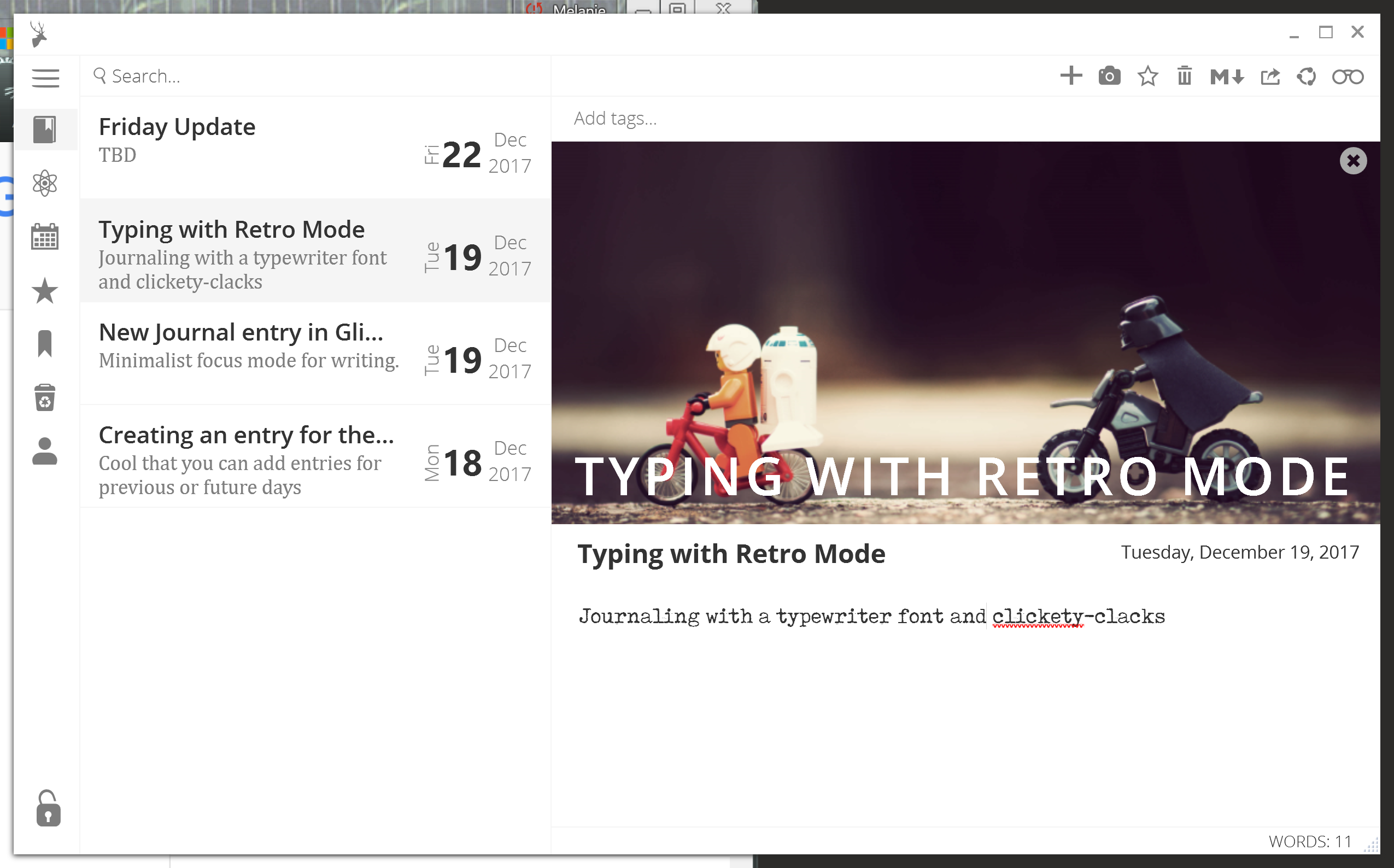Minstaller For Mac 10.9
Assuming that you're talking about the latest Mac mini (Late 2014) at the time of writing, you won't be able to install 10.9 on it. It shipped originally with 10.10, so that'll be the earliest that you can install on it in any officially supported way. It's important to note that when installing supported older versions of Mac OS X on a Mac, you can use the standard installers for all versions except for the original OS version that the model shipped with. To install this version, you should use the based installer (or for older models, the recovery discs that came with your Mac). Here be dragons. If a machine is sufficiently similar to a previous generation and has enough driver support, it might be technically possible to get a prior version of OS X to boot on it, but it's almost certainly going to require manual tweaking to bypass the system identifier checks that happen.
It's a totally unsupported thing to do and very likely to be unstable. You're almost in Hackintosh territory here.

For example, to get an installer for Lion, you may ask a friend who has Lion-operated Mac or, once again, set up a virtual machine running Lion. Then you will need to prepare an external drive to download the installation file using OS X Utilities.
Update Mac Os X 10.9.5
If you really want to try this, borrow a friend's older Mac and make an installation of 10.9 to an external drive and try booting it on your Mac mini (holding down the option key at boot to boot from the external drive). If it doesn't boot, try booting it into safe mode. If that doesn't get you any further, try verbose or single user mode, which can give you hints as to what's stopping it booting and what you might have to tweak. Note: If you're booting from an external hard drive, you'll have to be quick to press the keyboard shortcuts to trigger these different boot modes after you hit the return to boot the Volume. It's common for Mac developers to need to do this. Sdxc card slot adaptor for 2018 mac.
Minstaller For Mac 10.9.5
If you're developing software for the Mac and you're supporting anything older than the latest version of Mac OS X, you should be testing your app on all OS versions that it's supported on. For example, I've got a 13-inch MacBook Pro (Early 2011) that has partitions (~35 GiB each) for every Mac OS X version from 10.6 onwards that I keep up-to-date with system updates, plus extra partitions for the beta releases of the current stable Mac OS X release and the beta releases of the upcoming Mac OS X release.
Keeping an old machine around (at a frugal spec) for this purpose is also a good for QA because it ensures that you're also maintaining acceptable app performance on slow old hardware that your customers might be using (I've also keep a 2008 MacBook Pro and PPC Mac mini for this purpose). I currently write code using the latest Xcode that works with Yosemite (OS X 10.10). How to make a video smaller for email on mac. I am able to generated executables that will run on OS X versions as old as 10.7. I do not actually need a OS X 10.7 installed on my Mac to do this.
I do understand using an older machine to test for performance is a good idea and this can not be done using a virtual machine. Note, the posted question was about a newer machine and an older operating system. Therefore, answers involving older machines does sort of deviate from original question. Microsoft office for mac powerpc. – Aug 3 '16 at 17:13 •.
Zoom Installer For Mac 10.6
Yup, VMs are certainly a good option for most situations. Definitely easier to wrangle than disks full of OS X installations. In my experience VirtualBox's awful performance hosting OS X makes it impossible evaluate what customers will see on actual hardware. VMWare/ESXi are better though. For me specifically, VMs aren't an option as I develop an app that has to interact with power management hardware/firmware. Even if it was possible to access the low-level interfaces I needed from a VM, it would be totally invalid to QA my app with this potential source of confounding behaviour.
As usual, Mac developers rolled out some stellar software, which means macOS remains the best platform for the greatest apps. Here’s our roundup of the best macOS apps of 2017.  The journaling category in the Mac and iOS App Stores is a little less crowded than other categories, but there are a few great contenders. Day One has been the best journaling app for Mac since it was first introduced in March 2011 and its iOS apps have held the crown ever since they were introduced. Perhaps the most high-profile journaling app out there right now, Day One has grown from very simple and minimalist beginnings to offer a host of features today: cloud-based back up and syncing. Looking for diary apps, personal writing apps, daily diary or digital diary app? Here are 10 best journal apps for Android (free and paid) to use in 2017.
The journaling category in the Mac and iOS App Stores is a little less crowded than other categories, but there are a few great contenders. Day One has been the best journaling app for Mac since it was first introduced in March 2011 and its iOS apps have held the crown ever since they were introduced. Perhaps the most high-profile journaling app out there right now, Day One has grown from very simple and minimalist beginnings to offer a host of features today: cloud-based back up and syncing. Looking for diary apps, personal writing apps, daily diary or digital diary app? Here are 10 best journal apps for Android (free and paid) to use in 2017.